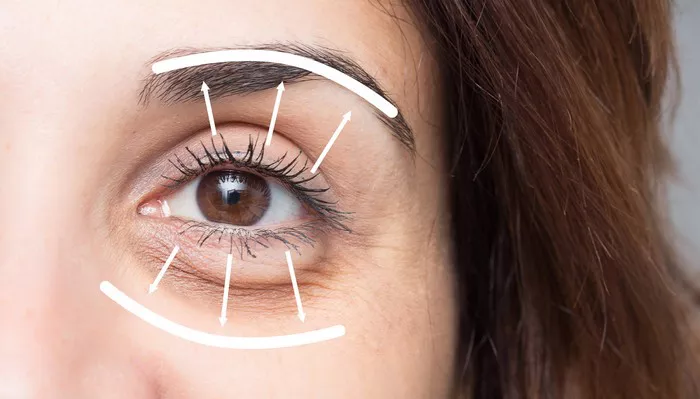A stye is a common eye infection that affects the eyelid. It is caused by an infection of the oil glands in the eyelid and can be painful and uncomfortable. Styes can occur on the upper or lower eyelid and can be treated with a variety of home remedies and medical treatments. In this article, we will discuss how to treat a stye under your eye, including both at-home remedies and medical treatments.
What is a Stye Under Your Eye?
A stye under your eye is a type of eye infection that affects the eyelid. It is caused by an infection of the oil glands in the eyelid and can be painful and uncomfortable. Styes can occur on the upper or lower eyelid and can be accompanied by redness, swelling, and tenderness.
What Causes a Stye Under Your Eye?
A stye under your eye is caused by an infection of the oil glands in the eyelid. The infection is usually caused by bacteria, such as Staphylococcus aureus. The bacteria can enter the oil glands through small openings in the skin or through the hair follicles.
Styes can also be caused by other factors, such as:
Poor hygiene: Poor hygiene can lead to the development of styes. Touching the eyes with dirty hands or using dirty makeup brushes can introduce bacteria to the eyelid.
Hormonal changes: Hormonal changes, such as those that occur during puberty or pregnancy, can make the oil glands in the eyelid more susceptible to infection.
Stress: Stress can weaken the immune system and make it more difficult for the body to fight off infections.
Medical conditions: Certain medical conditions, such as diabetes, can increase the risk of developing styes.
How to Treat a Stye Under Your Eye at Home
There are several at-home remedies that can help to treat a stye under your eye:
Warm compresses: Applying a warm compress to the affected eye can help to reduce inflammation and promote drainage. To make a warm compress, soak a clean washcloth in warm water and place it over the affected eye for 10-15 minutes, several times a day.
Good hygiene: Keeping the affected eye clean and avoiding touching it with dirty hands can help to prevent the infection from spreading.
Tea bags: Placing a warm tea bag over the affected eye can help to reduce inflammation and promote drainage. Tea contains tannic acid, which has antibacterial and anti-inflammatory properties.
Over-the-counter pain relief: Over-the-counter pain relief, such as ibuprofen or acetaminophen, can help to reduce pain and discomfort.
Avoid makeup: Avoiding makeup and contact lenses until the stye has healed can help to prevent further infection.
Medical Treatments for a Stye Under Your Eye
If at-home remedies are not effective in treating a stye under your eye, there are several medical treatments that can be used:
Antibiotics: If the infection is severe or does not respond to at-home remedies, your doctor may prescribe antibiotics to help clear the infection.
Incision and drainage: In some cases, your doctor may need to make a small incision in the stye to drain the pus and relieve pressure.
Steroid injections: Steroid injections can be used to reduce inflammation and promote healing.
Surgery: In rare cases, surgery may be necessary to remove the stye.
Preventing Styes Under Your Eyes
Preventing styes under your eyes is the best way to avoid the need for treatment. Here are some tips for preventing styes:
Good hygiene: Keeping your hands and face clean can help to prevent the spread of bacteria that can cause styes.
Avoid sharing makeup and personal items: Avoid sharing makeup, towels, and other personal items with others to prevent the spread of bacteria.
Remove makeup before bed: Removing makeup before bed can help to prevent the buildup of bacteria on the eyelid.
Replace makeup regularly: Replace makeup regularly to prevent the buildup of bacteria.
Avoid rubbing your eyes: Rubbing your eyes can introduce bacteria to the eyelid and increase the risk of developing a stye.
Conclusion
A stye under your eye is a common eye infection that can be caused by bacteria, poor hygiene, hormonal changes, stress, and medical conditions. Styes can be treated with a variety of at-home remedies and medical treatments, including warm compresses, good hygiene, tea bags, antibiotics, incision and drainage, steroid injections, and surgery.
Preventing styes under your eyes is the best way to avoid the need for treatment. Good hygiene, avoiding sharing makeup and personal items, removing makeup before bed, replacing makeup regularly, and avoiding rubbing your eyes can all help to prevent styes.


